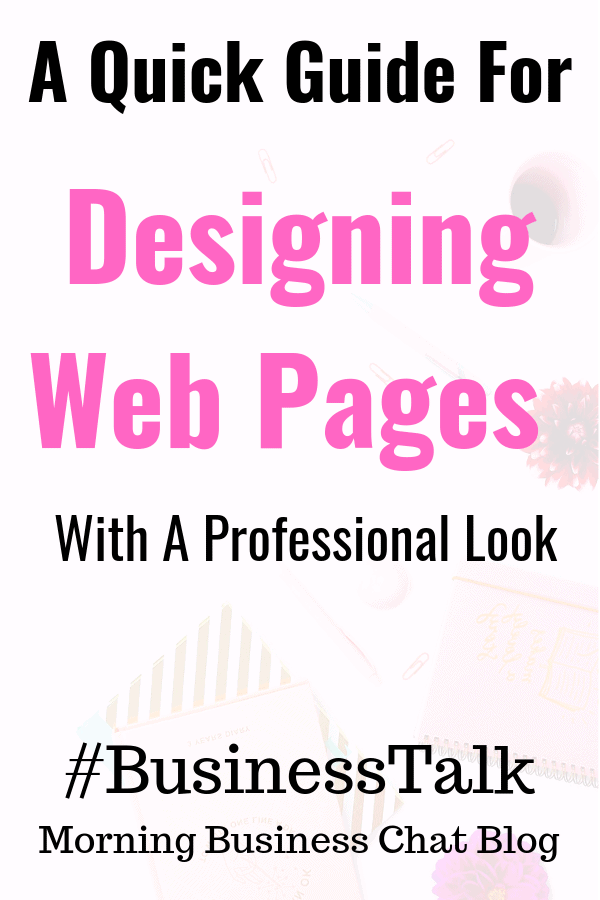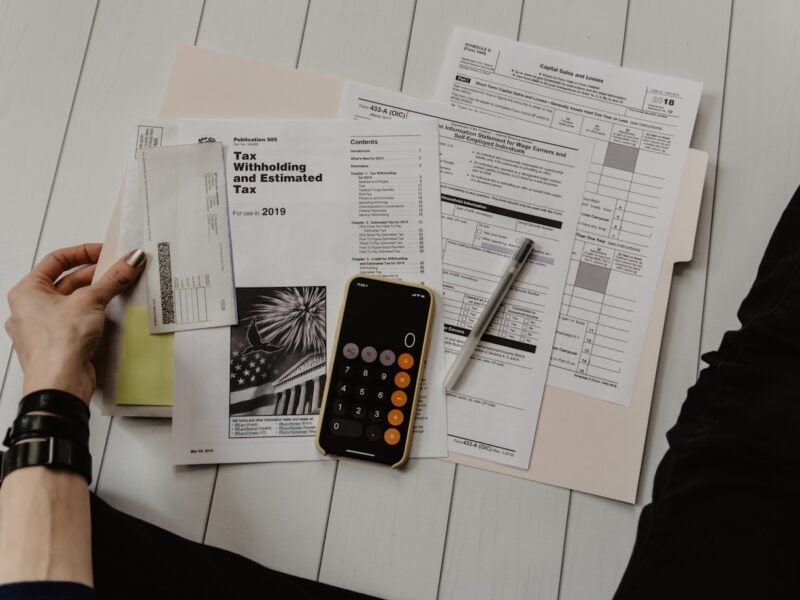Any website that is online cannot succeed solely just with compelling design, great business logic or even thought-provoking content. It needs to have a stylish yet fluent way that feeds into your visitor’s user experience and functionality, but also while being easy to understand and navigate at first glance.
Here are some quick tips to ensure that your web design is heading in the right direction and isn’t turning visitors and customers away:
- Keep your homepage and any headers and footers including navbars minimalistic and free of clutter. Try to avoid too much going on – simplicity is most attractive.
- Design any visual features with hierarchy in mind
- Create your content to cater to your target audience.
- Ensure your site is easy to navigate with a navbar and sitemap
- Stay mobile friendly and make sure your pages are device responsive.
Keeping Your Theme Eyeball Friendly
Studies suggest users who browse the internet rarely read every word on a website. Instead, we tend to quickly scan pages, looking at pictures and picking out keywords in sentences. With these behavioral traits in mind, try to appeal to readers emotions rather than word your word count. Sometimes it goes a long way with producing informative graphics to help your readers follow your topic points. Also, consider using images or icons as alternative ways to communicate the material across and use soft colors where reading is applied.
Hierarchy
This doesn’t mean summoning the Pharoh and we’ve come a long way from stone tablets. With today’s computer screens and smartphones in an array of screen sizes; and as the technology to display information continues to evolve, it remains the job of a web developer to arrange the content in a clear manner. Since you only have a few seconds to grab someone’s attention and tell them what your website is about. This is where clear content hierarchy comes in with your information.

Photo by Markus Spiske temporausch.com from Pexels
Create Readable Content That Is Catered To Your Target Audience
Readability is how easy it is for readers to recognize words, sentences, and phrases. When the content is laid out in a fashion that flows with the essence, or topic for the content, readers can assume and generally quickly read to get a gist. This means that when a site’s readability is high, users will be able to efficiently scan the site and take in the information without much effort.
Ensure The Site Is Easy To Navigate With a Navbar and Sitemap
Typically when designing a website, developers will see that arriving at the homepage is the front door to a journey. Don’t send visitors on a wild goose hunt when wandering through your site with over-complicated routes or links. A site with solid navigation can also help search engines index your content while improving the viewers’ experiences.
A common feature or design feature in websites is to link your logo to the homepage. This will allow users to jump to the homepage and potentially save them some precious clicks.
Pick the type of navbar that suits the theme. Some designers opt-in for javascript run dynamic navbars that hide until clicked and then form a pop-up box with the relevant site links. Others choose to have a floating navbar and then there is the static.
With your header and footer try to keep all of your business brand identity and mission statement to the visitors. This part is solely down to the website owner and what they want to describe the business as. Sometimes it is useful to advertise the FAQ’s and contact information in the footer which can save a page to be developed and included.
Stay Mobile Friendly and Make Sure The Pages Are Device Responsive
Today we live in a mobile society, which makes it important for designers to ask the question – What will my visitors see when they access the website on the fly? Sometimes companies who offer web hosting can also offer features to automatically render your pages responsive. Be sure to put yourself in the shoes of the user, though, and surf your site to test out every page, including user action input, and buttons.
Incorporating a professional look to your website and design can sometimes seem complicated. The main focus is to get the idea across to viewers with a layout that is sleek and easy to navigate and that provides easy to digest information that is relevant.
There is no one way of designing and each developer has their own way. Are you a developer or do you run an online website? Share your thoughts on what makes a website have a professional touch. Let us know in the comments below.

- This post has been written by an outside source


